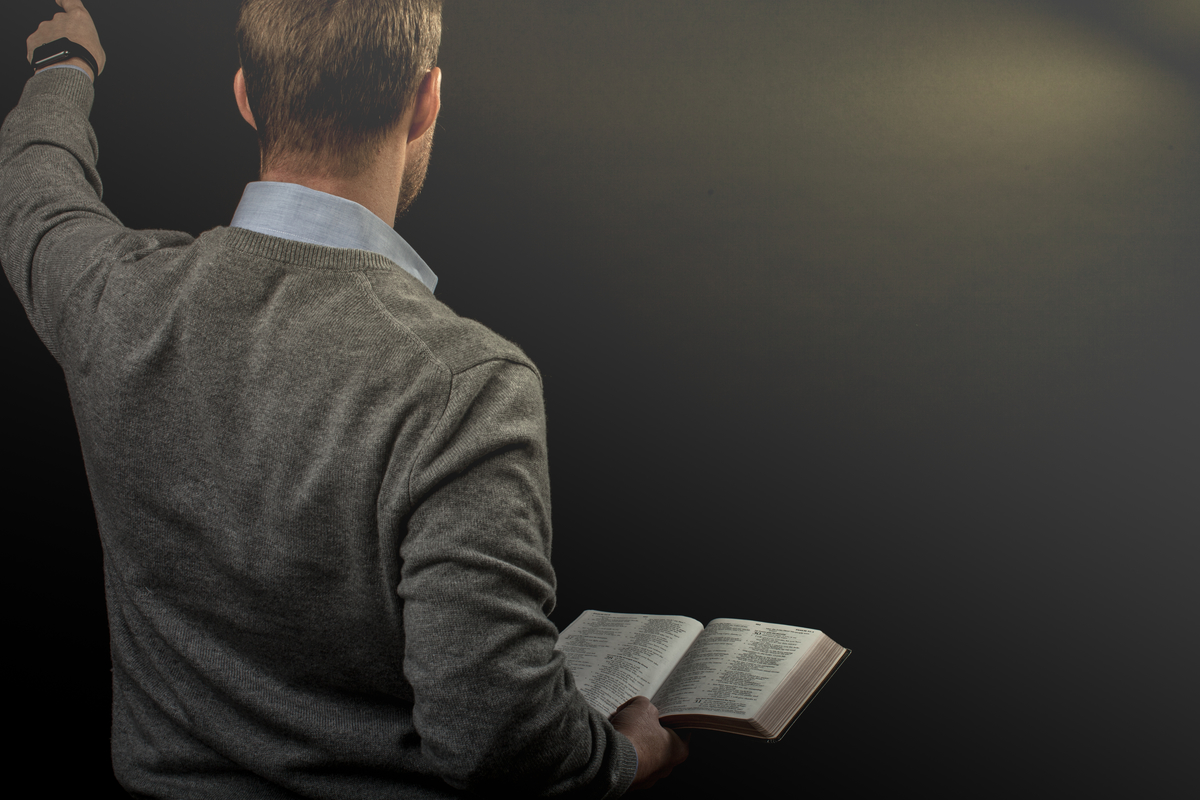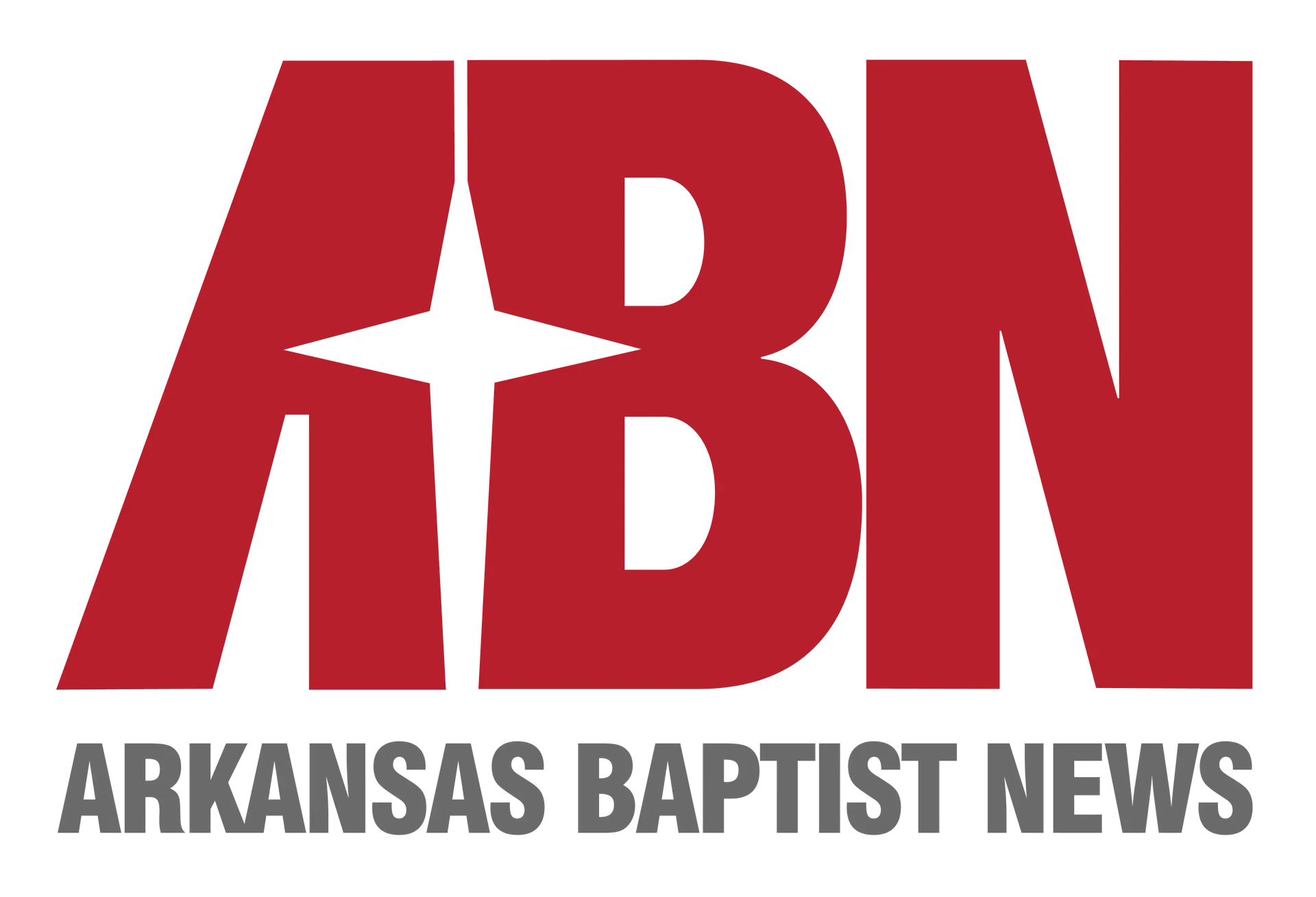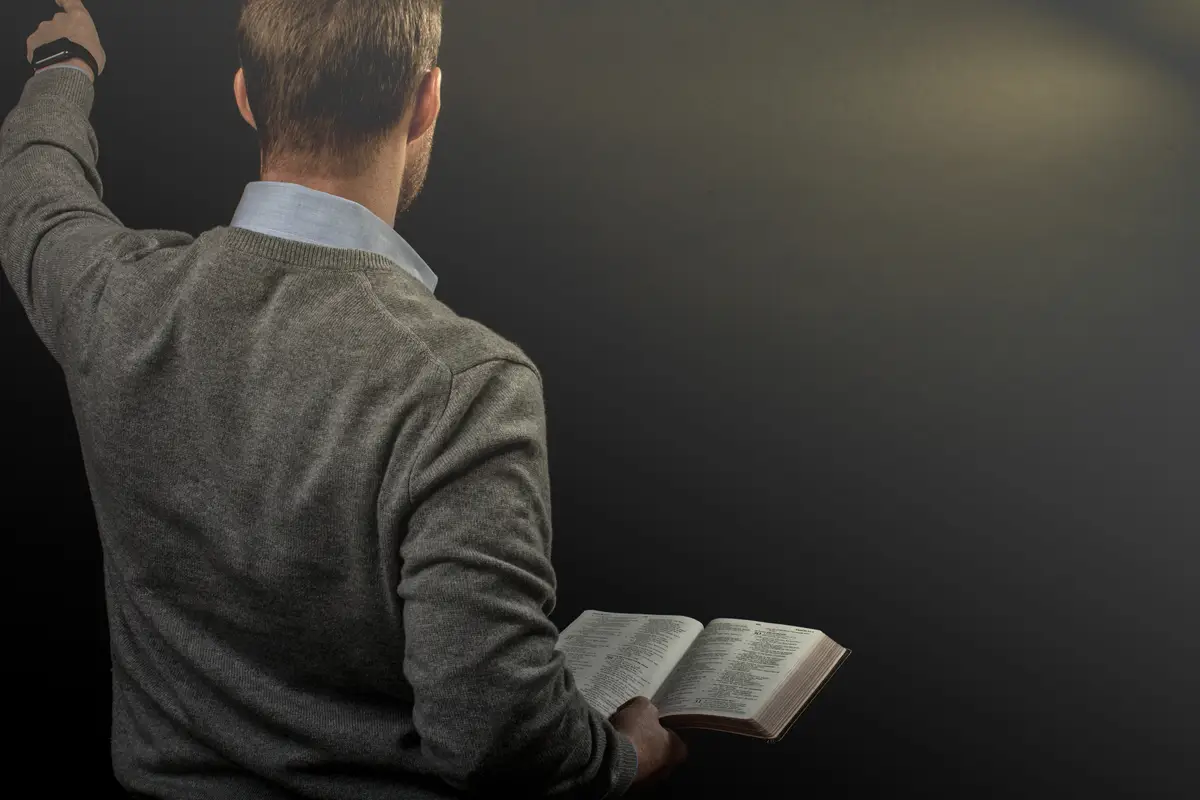By Aaron Earls

Churches quickly adapted to the “new normal” brought on by the coronavirus pandemic, but pastors suffered some new and increased pain points.
Last month, LifeWay Research found 9 in 10 Protestant churches did not hold any physical church services, now states and local governments are relaxing stay-at-home restrictions.
As a result, many congregations are preparing to enter yet another new normal—physical gatherings post-COVID-19.
More than 4 in 5 Americans (83%) say they are concerned lifting restrictions in their area will lead to additional COVID-19 infections. Pastors have their own worries about this new phase.
We spoke with around a dozen pastors to hear their largest concerns or fears about beginning to welcome their congregations back for in-person services.
The pastors said they are seeking to live and lead by faith and not fear. Many also said, however, they want to be wise in the stewardship God has given them.
Here are some of the concerns they shared.
1. CAUSING COVID-19 TO SPREAD
- “I would carry a heavy burden if I knew that one of our members became sick or, worse, died, because of our inability to properly mitigate the spread of the virus. Even more, if we held our worship gathering and there was evidence of exposure, the toll would extend beyond our congregation and affect those whose job it is to care for those exposed.”
- “I worry about someone in our congregation getting COVID-19. Worse yet, I worry about it spreading throughout our congregation. If that happens, we will have failed the shepherd’s task of protecting the flock. And the scary thing is we can take all the precautions in the world about social distancing, PPE, and the like, and that still might happen.”
- “Due to the current, quick-blaming of churches for seemingly any case or contact with COVID-19, my fear is a member of a visitor being someone connected to the contact tracing, and the blame falling to the church.”
2. MORE QUARANTINES IN THE FUTURE
- “I fear that going back too soon will keep us apart too long. Without a cure or vaccine this episode is not over. Our coming together without a cure could cause things to get even worse. Our impatience with this process may be showing a shallowness in our faith. Isaiah 40:31 (CSB) says, ‘but those who trust in the Lord will renew their strength; they will soar on wings like eagles; they will run and not become weary, they will walk and not faint.’”
- “I am concerned that when the second wave comes and the authorities need us to close church back down, the conflict and strife will be worse than it is now in the arguments over reopening.”
3. ENDANGERING SENIOR ADULTS AND OTHER VULNERABLE PEOPLE
- “My concern as we move to indoor services is for our older, at-risk members. They are among our most faithfully engaged members and will be there when the doors are open. I’m concerned one of them could catch the virus from an asymptomatic member.”
- “Many feel so isolated, so alone, and so hungry for fellowship that they might come for a worship gathering rather than wait it out and watch the livestream from home until things are more certain. We can call them regularly, we can let them know that we’re here for them, but nothing will replace in person fellowship.”
- “The biggest fear I have is for our seniors. I would hate for some of them to get the virus because we go back to in person worship. We love to fellowship, and I just hope our folks will abide by the social distancing.”
4. DISAGREEMENTS SURROUNDING THE PANDEMIC RESPONSE
- “As a diverse, inner-city church half of our people want to gather and the other half don’t. Half want mandatory masks and temperature checks and the others—I’m afraid—would refuse this.”
- “I am often fearful that the church begins to look like the world around the issues of our day. We have may opinions about what should happen and what shouldn’t happen. These opinions become so politically tied that I fear people will get angry with one another, causing fractions.”
- “I worry we will have a split or some variation from the wide range of reactions from folks—those that think it’s a hoax and we should reopen now to those that may not ever leave the house again.”
5. NOT LEARNING FROM THIS CRISIS
- “I fear we will love our buildings more than we love our Lord. The COVID-19 quarantine is reminding the church is not a building. We are meeting in our houses like in the early chapters of Acts. We have been seeing that we can be the church even when we are not in the building.”
- “I fear we may revert to our old practices and business as usual. The COVID-19 quarantine has been pushing churches to reach this generation in new ways. Many churches have updated, modernized and moved into E-spaces we have previously ignored or rejected. I fear rushing back to the building too quickly will cause us to miss what we should be learning in this season.”
6. PEOPLE BEING FEARFUL
- “I fear the church may become ruled by fear. Our society has been in the grip of fears about the coronavirus, and those fears have impacted Christians. While those fears are not unfounded, we must be reminded that God does not bring fear but rather power, love, and a sound mind. Reflecting confident hope in the power of Christ is not incompatible with reasonable health protocols.”
- “My greatest fear is that our people are subtly embracing anxiety, fear, panic without processing it in community or with professionals. The result could be deadly.”
7. GROWING TOO COMFORTABLE WITH ONLINE SERVICES
- “I am concerned that after these months of online church gatherings some may have become comfortable, a consumer church mindset may have grown, and some may not understand the value in physically coming together regularly.”
- “At the beginning of this pandemic, I thought that the church closing for a while would be good for the church. I thought it would cause church members to realize how greatly we need community. But lately I have heard anecdotal comments from people saying how much they enjoy sitting home in the pajamas, drinking coffee and watching the service. I even heard of one person who said he and his wife were beginning to wonder what coming to church is all about.”
8. LOSING THE HABIT OF CHURCH ATTENDANCE
- “People are creatures of habit. Old church growth concepts were that if we got someone to come to church three times it would become a habit and they would continue to come. We have given people three months of habits of staying home. Will they break their habits and come back?”
- “I worry about the unseen damage this separation is doing to our churches. After all, the church is meant to be a gathered body. Virtual church is virtually not church. At some point, after some limit of distancing, we have to gather physically. The longer we go without doing that, the more it seems we risk people drifting away, or losing touch with the incarnational meaning of church.”
9. DRIFTING AWAY FROM THE CHURCH’S PRIORITY
- “New cleaning protocols are a must, and logistics regarding distancing are required, too, but churches are in danger of forgetting their marching orders. Mission drift is real. Increased energy placed on preventing the spread of the virus could result in decreased energy placed on promoting the spread of the gospel. Churches must manage both needs while keeping our priority on the mission of the gospel.”
- “When we forget our main calling (the Great Commission) we will stop being healthy Christians and then healthy churches. Our world is in need, and a stimulus package will not fix it, but the gospel is more than enough.”
Do you share any of these concerns about your church reopening? Are there other fears that should be addressed?
AARON EARLS (@WardrobeDoor) is online editor of Facts & Trends. JOY ALLMOND (@joyallmond), managing editor of Facts & Trends, also contributed.
This article was originally published by Facts & Trends at factsandtrends.net

